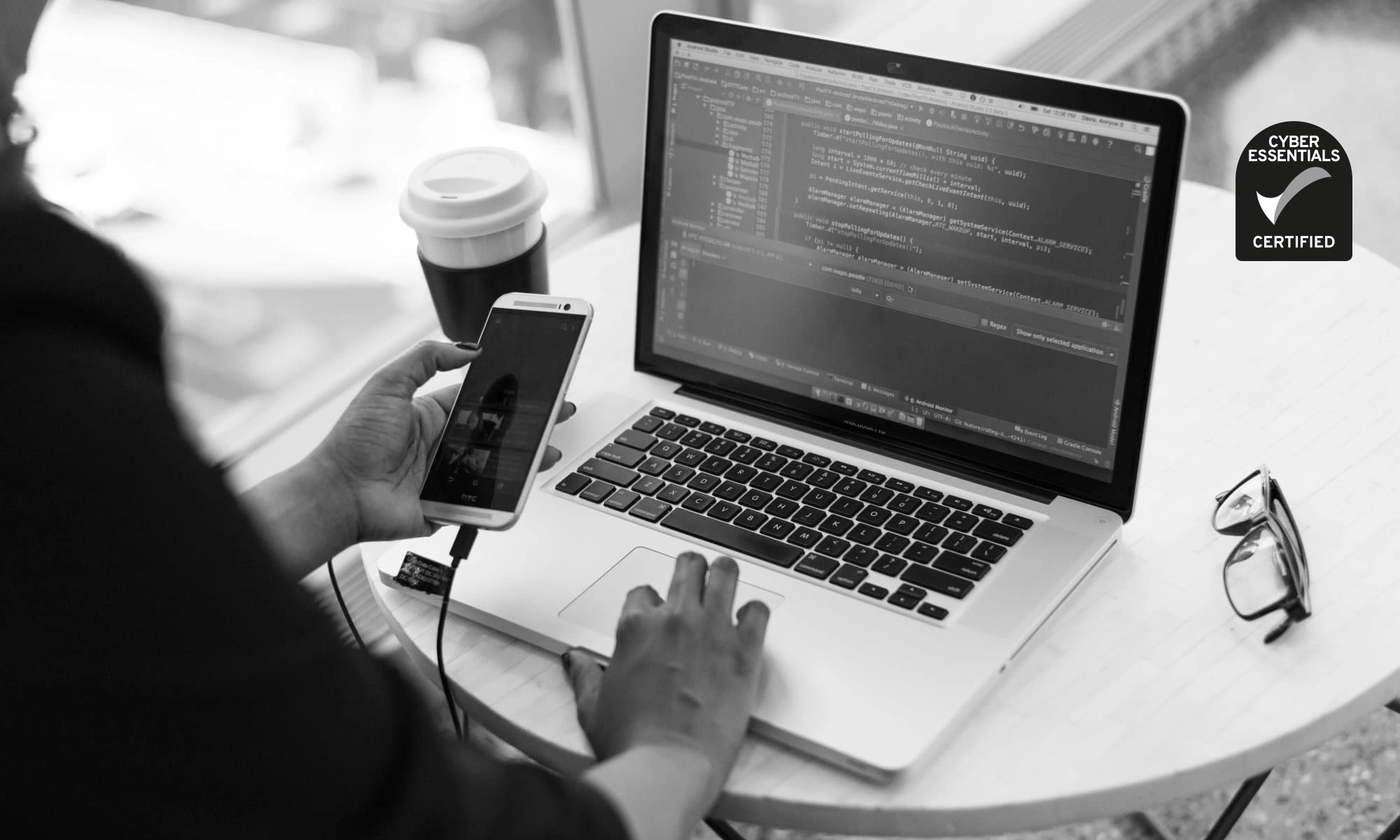After a short wait… (Another thing about phishing emails… (pt.12) and Problems with QR Codes here is the second part of my series on BYOD – Bring-Your-Own-Device.
Trust and BYOD
If you are or are thinking of allowing your team to use their devices to do your work – then you must trust them. If you don’t trust those users, then stop reading now. You and your team cannot benefit from BYOD. If you are going to trust them, read on.
Trust, BYOD and Limits
The first stage in developing a BYOD policy is to work out what business functions you want to allow on personal devices. For most organisations it starts and stops with email on a mobile phone, which probably provides the most benefits and poses the least risk to an organisation. Consequently, many organisations allow and even encourage this BYOD use – although you must consider that those emails may contain sensitive information. I have written about that, here:
More thought is needed when you want to achieve more on a BYOD device than just email.
BYOD and Hybrid Working
This is a “work from anywhere” scenario, not just at home, but in hotels, cafes, client offices etc. and for most tasks this will mean using the employee’s own computer. Here are a few thoughts on this:
- Does it mean using their computer – is there an app that can do that?
- I always encourage our clients to pay for anti-virus solutions for employee computers.
- Don’t install the desktop apps, use the web versions.
- If the employee uses their own computer a lot, isn’t it about time you bought them a laptop?
I have covered some of the challenges of non-organisational computers here:
Devices and Cyber Security – A Primer
Next…
Elements of a policy.
Clive Catton MSc (Cyber Security) – by-line and other articles
Further Reading
Are you using Bring Your Own Device – BYOD – to save money?
Photo by Christina Morillo


